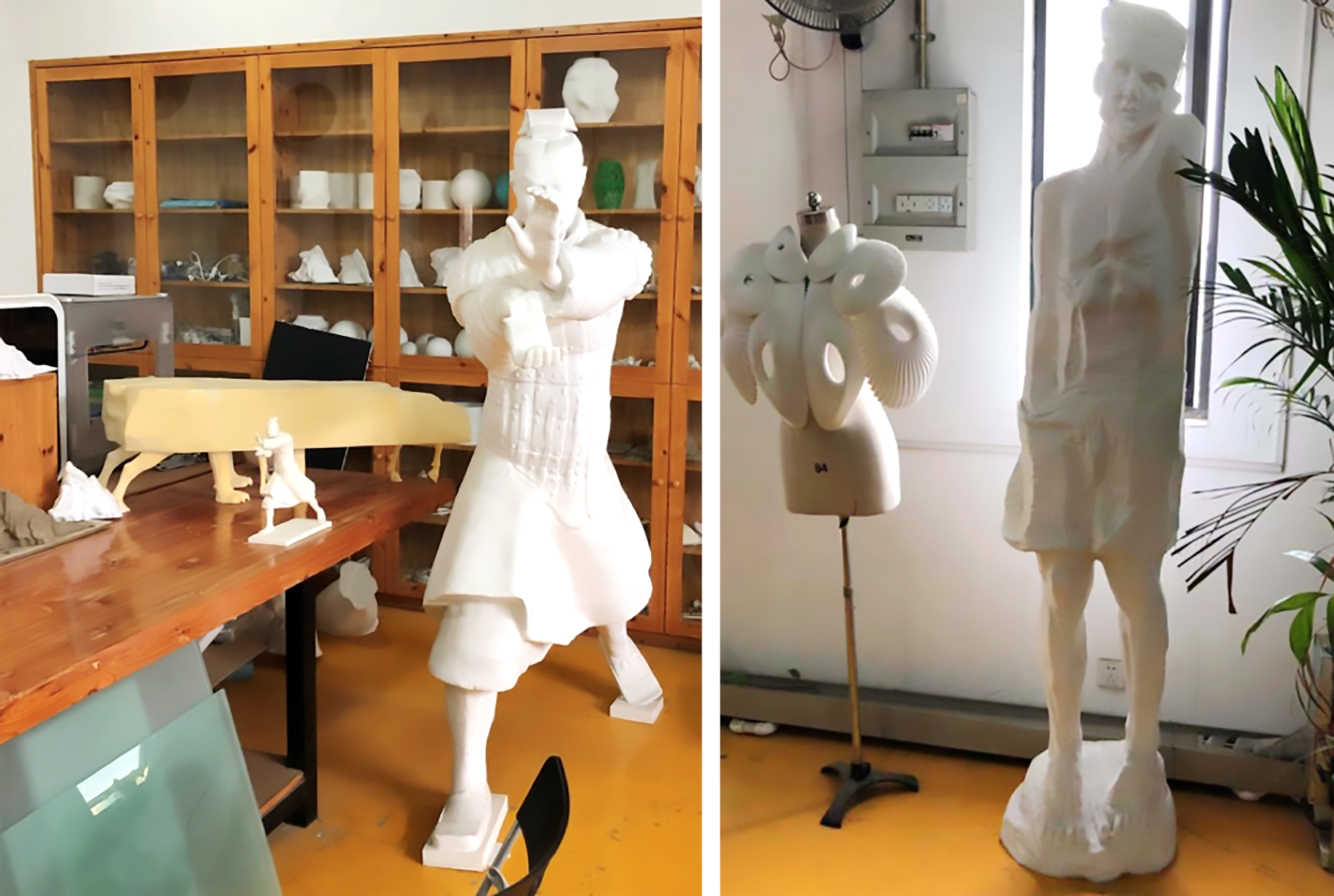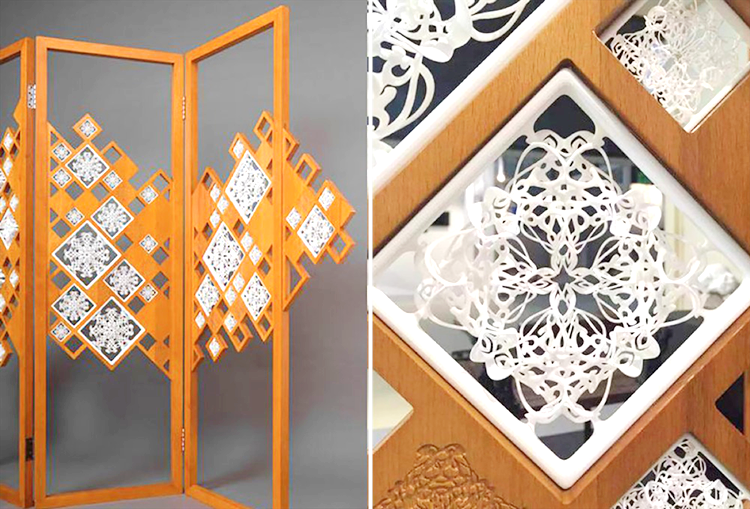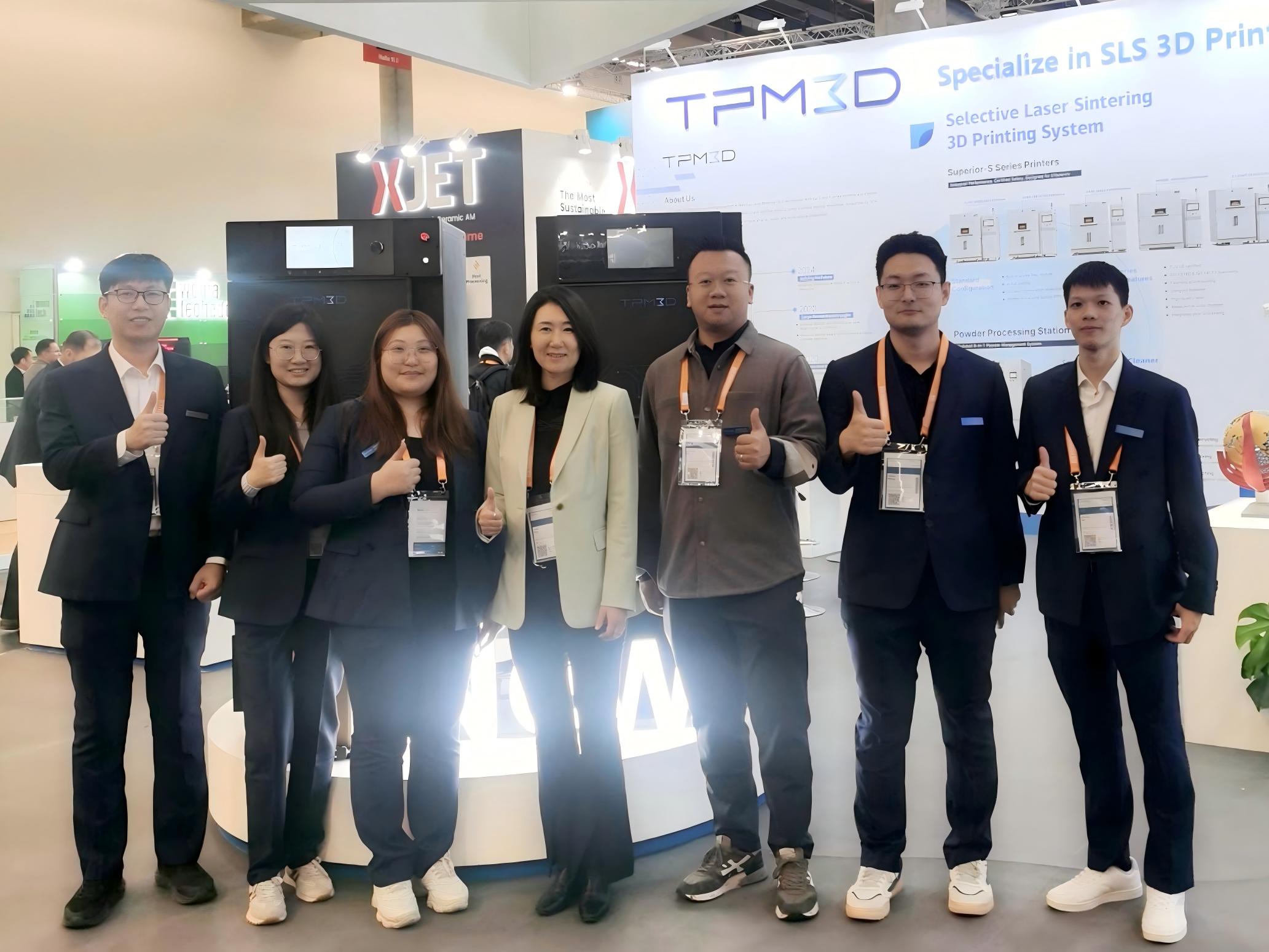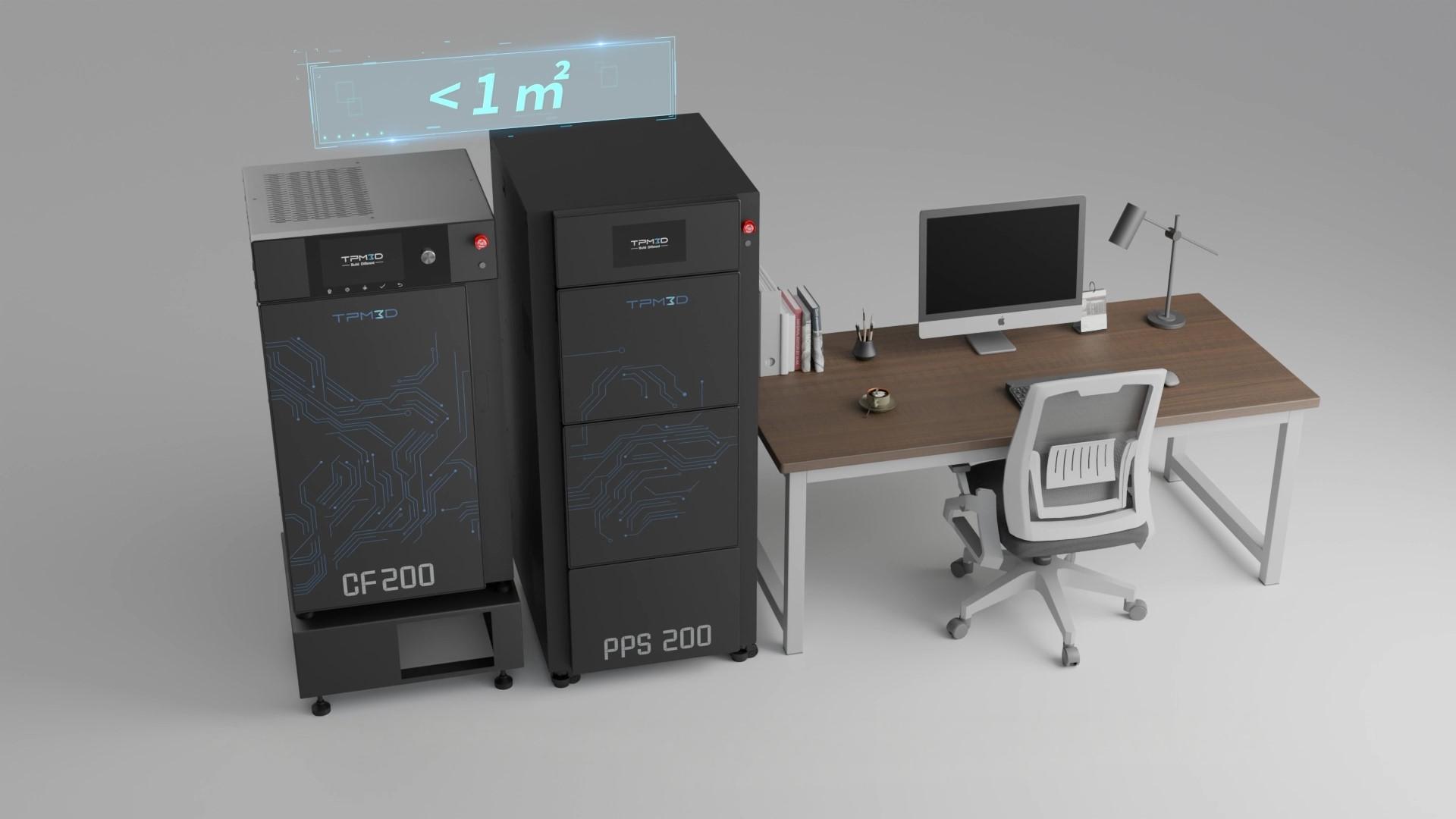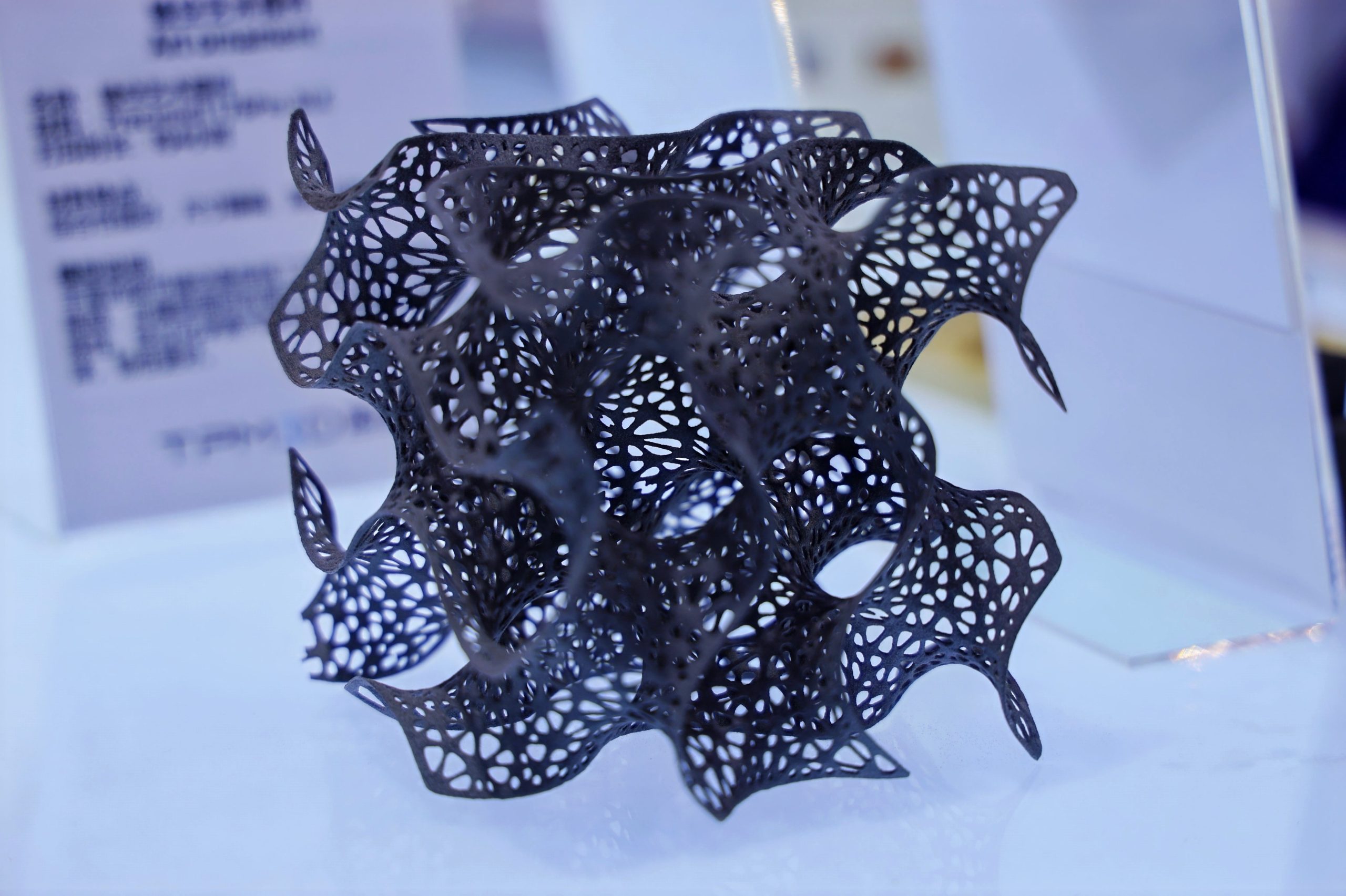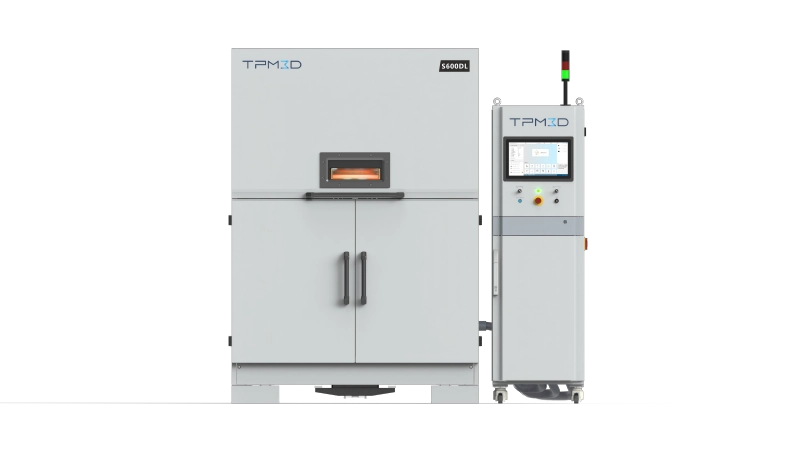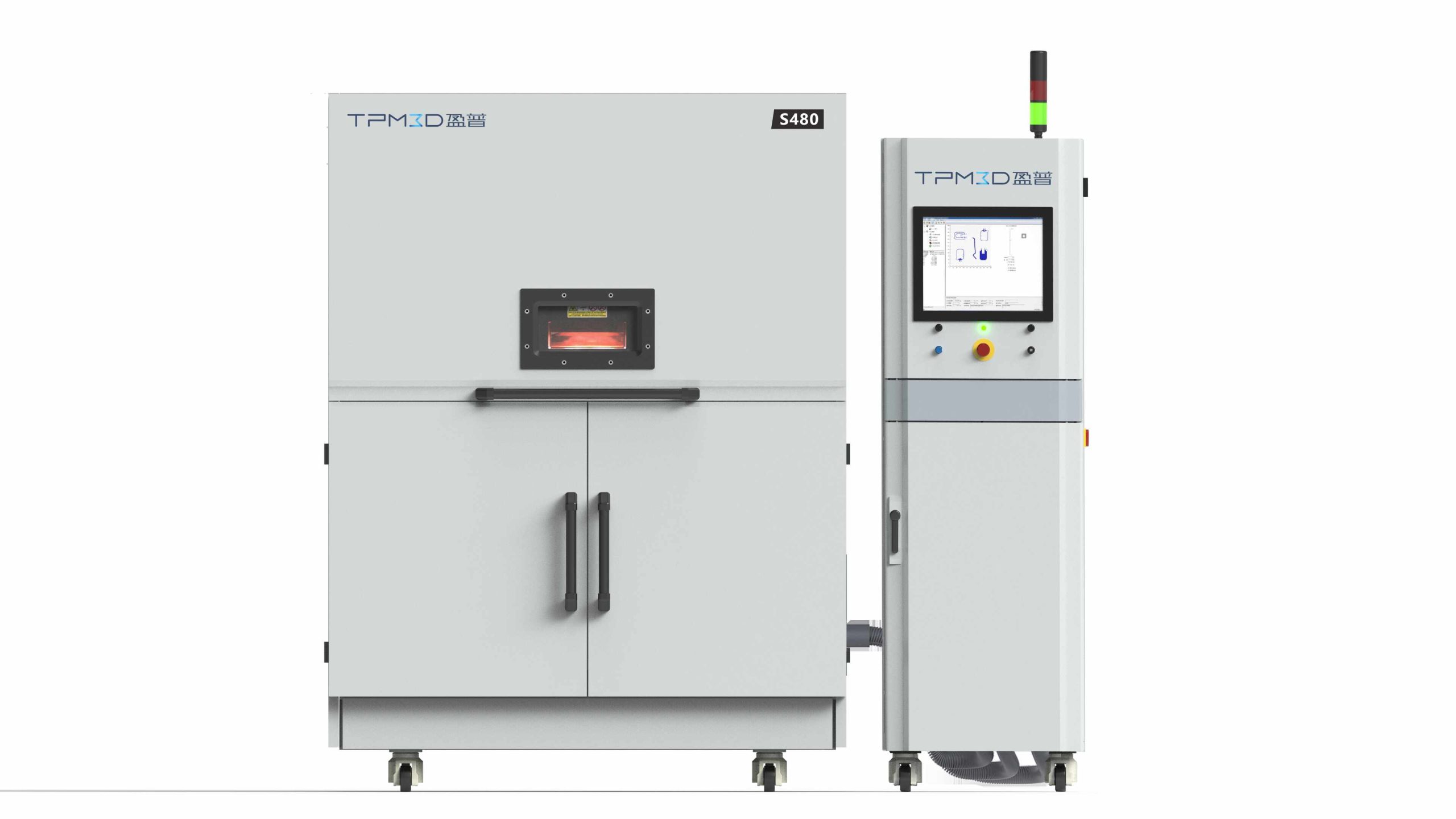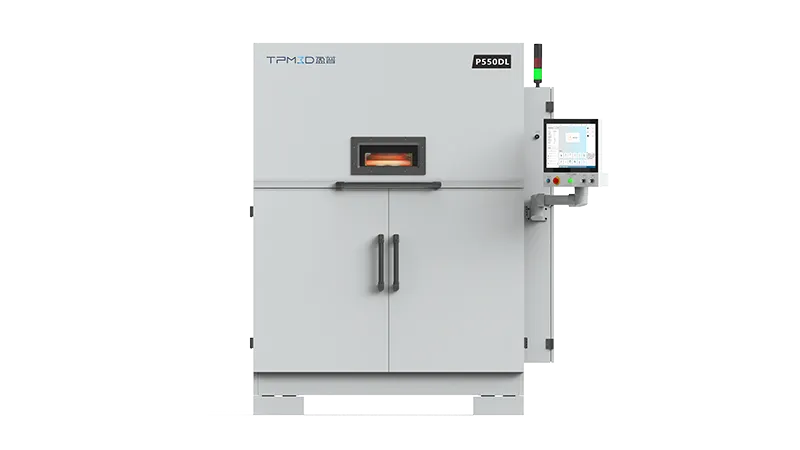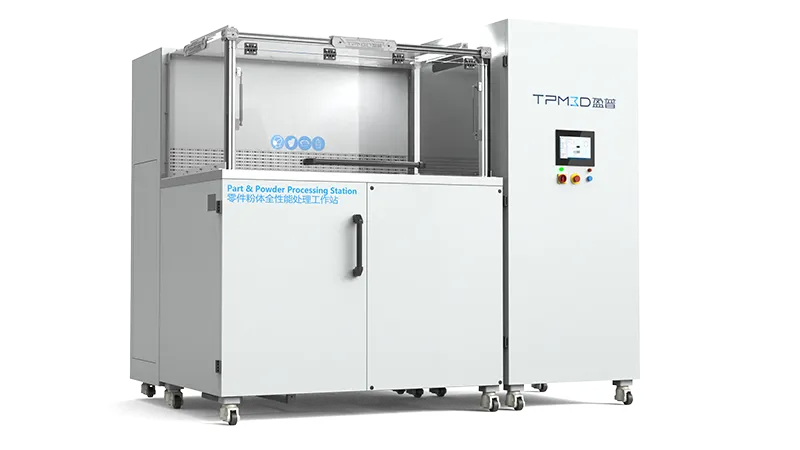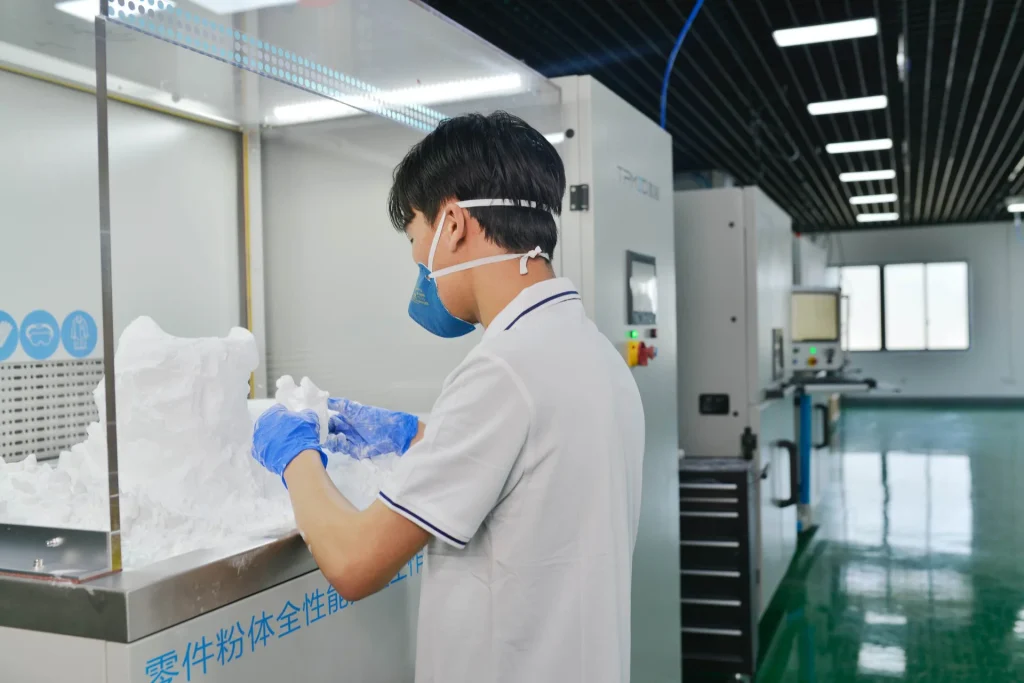Art and design in universities is an independent discipline that spans industrial design, environmental art design, and visual communication. It also connects to related fields such as fine arts, ergonomics, sculpture, architecture, furniture design, decorative culture, landscape art, color psychology, materials science, software, and model making.
While art and design laboratories have long been part of universities, traditional teaching methods are no longer sufficient for modern education.
Breaking Traditional Barriers with 3D Printing
The introduction of 3D printing—particularly SLS (Selective Laser Sintering) technology—has transformed experimental teaching. SLS eliminates the need for support structures, making it possible to precisely realize complex creative ideas. This accelerates students’ design innovation and enhances their creative skills.
Addressing the Talent Gap in 3D Printing
Despite the growth of the 3D printing industry, professional training is still in its early stages, leaving a significant talent gap. Universities are responding by establishing specialized 3D printing labs. These labs strengthen students’ skills in 3D design software, deepen their understanding of 3D printing hardware, and prepare them for careers that demand creativity and technical expertise.
Industry-University-Research Collaboration
One art academy provides a strong example of this collaboration model. By partnering with enterprises to build a 3D printing laboratory, they combine talent resources with advanced technical capabilities. This fosters both creative exploration and real-world technical practice.
A professor from the academy shared that they are preparing for a large government-backed cultural and creative project spanning multiple provinces. After evaluating print quality, mechanical performance, durability, production cycles, and costs, the academy selected the TPM3D S260 printing system to produce the project’s components.
Expanding the Future of Art and Design Education
The application of 3D printing in art and design education is reshaping teaching, research, and industry collaboration. It enhances student learning, improves employment prospects, supports school research, and drives enterprise development.
For institutions and companies interested in advancing this “industry-university-research” ecosystem, TPM3D welcomes collaboration to foster the healthy development of 3D printing in art and design.

